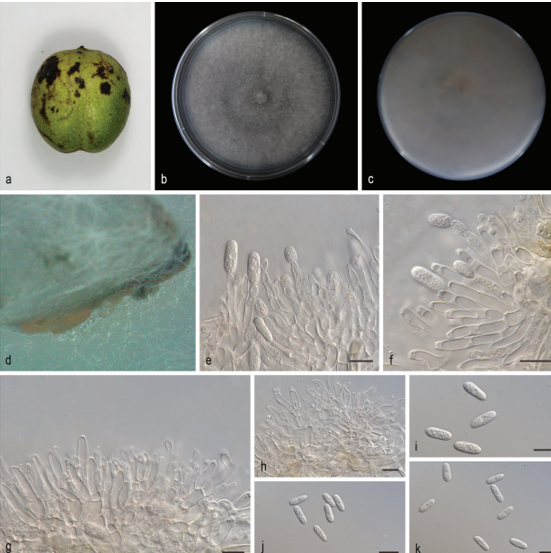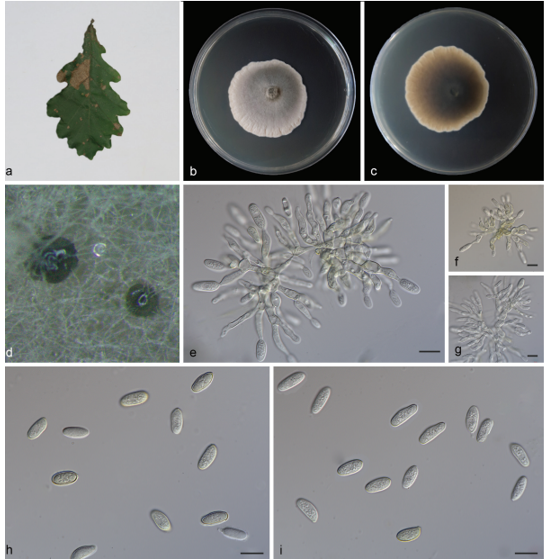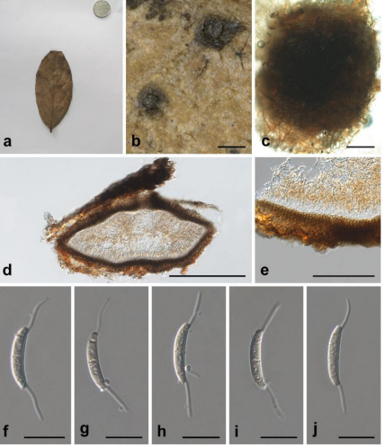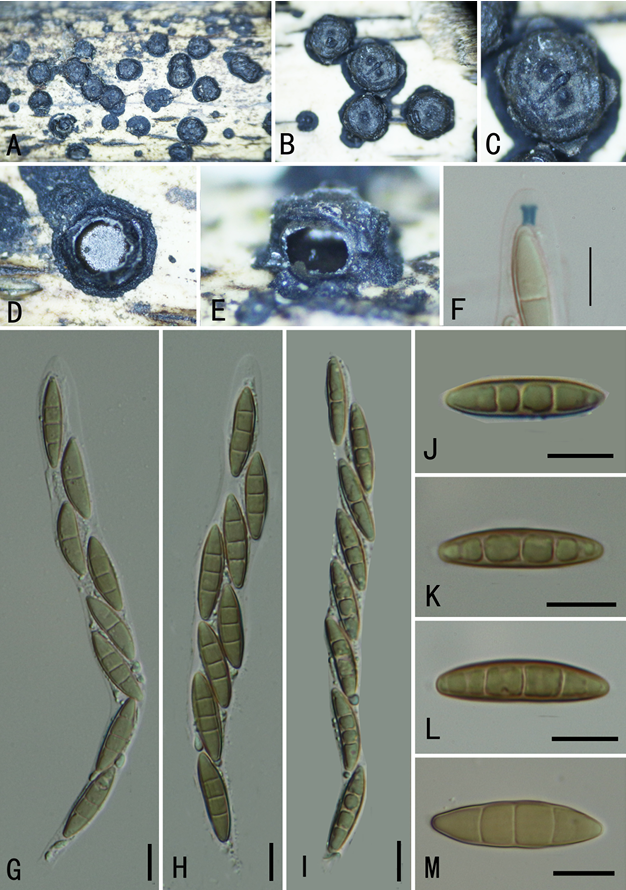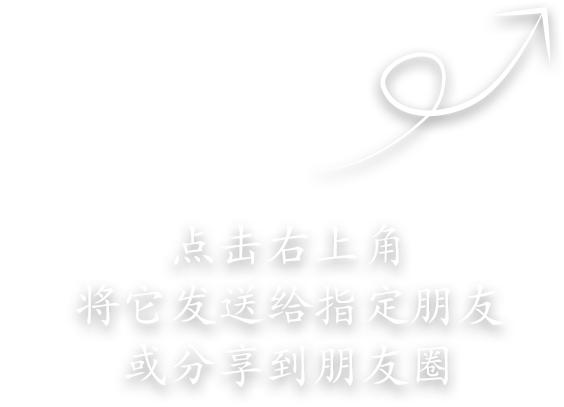Diaporthe parvae Y.S. Guo & G.P. Wang 2020
MycoBank MB830658
Holotype: China, Yunnan Province, Kunming City, on branches of P. bretschneideri cv. Zaobaisu, 17 Oct. 2014, Q. Bai (holotype HMAS 248150, culture ex-type CGMCC 3.19599 = PSCG 034); ibid., culture PSCG 035.
Morphological description
Sexual morph not observed. Asexual morph on alfalfa stems. Pycnidial conidiomata globose or irregular, solitary or aggregated, exposed on the alfalfa stems surface, dark brown to black, 253–455 μm diam. Alpha, beta and gamma conidia not observed.
Culture characteristics — Colony on PDA with flattened mycelium, white, reverse with non-uniform accumulation of citrine pigments. Colony 35.5–40 mm diam in 3 d at 28 °C. On OA with entire margin, aerial mycelium white, fluffy, citrine in the centre and white margin.
Habitat: On branches of P. bretschneideri cv. Zaobaisu.
Distribution: In China.
GenBank Accession: ITS: MK626919; HIS: MK726210; TEF: MK654858; TUB: MK691248
Notes: Diaporthe parvae forms a distinct clade with high support (BI/ML/MP = 1/100/100), and differed with the closely related species (D. chamaeropis and D. cytosporella) on ITS and CAL loci (96 % in ITS and 83 % in CAL; and 98 % in ITS and 80 % in CAL, respectively). This species formed conidiomatalike structures, but remained sterile on various media including SNA, OA, PNA, fennel stems, alfalfa stems, pear stems and barleycorn at varied conditions, e.g., induced at black light and low temperatures, producing no conidiophores, conidiogenous cells and conidia.
Reference: Y.S. Guo1,2,3,4, P.W. Crous 5,6,7,8, Q. Bai 4 et al.
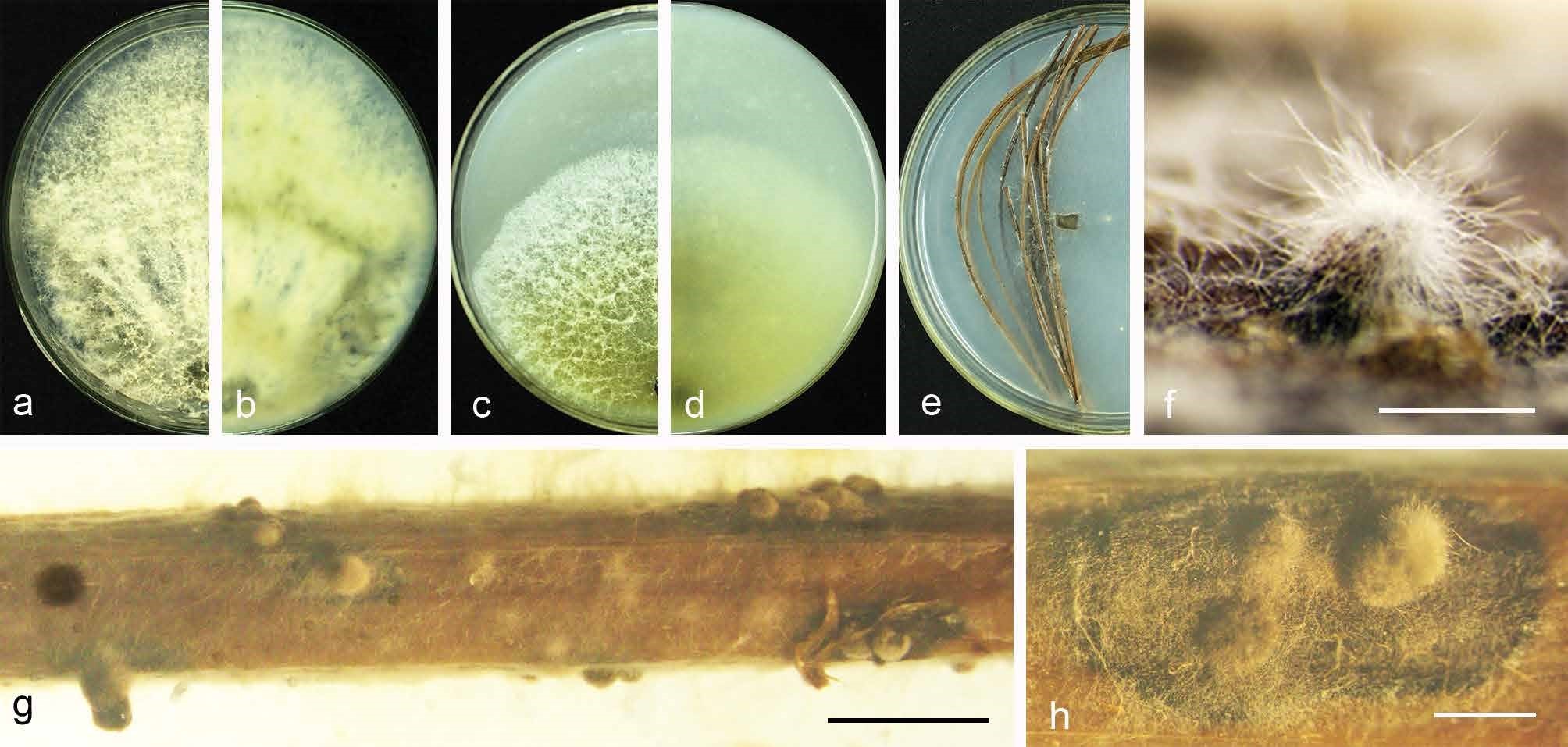
Diaporthe parvae (CGMCC 3.19599). a–d. Front and back view, respectively of colonies on PDA (a, b) and OA (c, d); e. conidiomata on PNA medium; f–h. conidiomata on alfalfa stems. — Scale bars: f = 100 μm; g = 5 mm; h = 1 mm.


